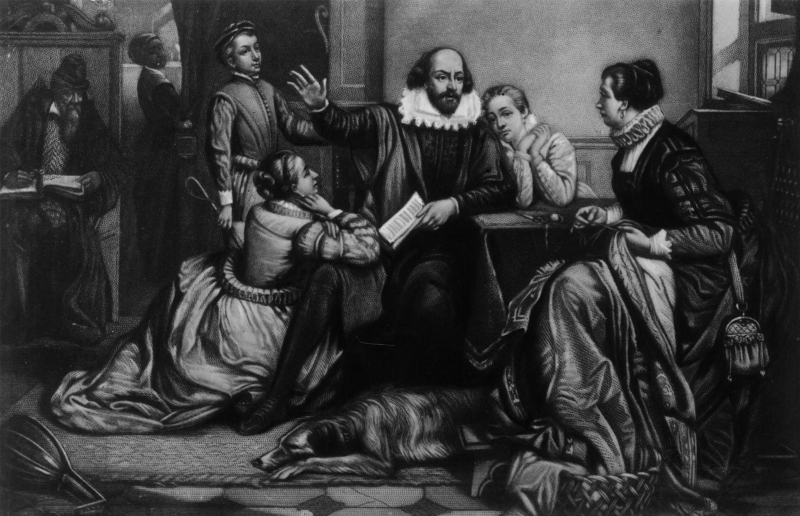Shakespeare's Use of Soliloquies in 'Hamlet': A Detailed Analysis
Topic: Shakespeare's Use of Soliloquies in 'Hamlet': A Detailed Analysis.
Shakespeare's use of soliloquies in "Hamlet" is a masterful narrative technique that impacts the audience's understanding of the play's themes. The soliloquies are crucial in revealing Hamlet's internal struggles, creating a unique atmosphere, and exploring timeless themes.
One significant aspect of these soliloquies is their role in advancing the plot. Through Hamlet's introspective monologues, the audience gains insight into his plans for revenge and his internal conflicts. For example, in his soliloquies, Hamlet expresses his anguish over his father's death, his mother's hasty remarriage, and his burning desire for revenge. This not only advances the narrative but also creates suspense and anticipation about how Hamlet will achieve his goals.
Additionally, the soliloquies create a unique atmosphere in the play. They often contrast the external actions occurring on stage, offering a glimpse into Hamlet's true self, unmasked by pretense or deception. This contrast adds depth to the play. It also highlights the complexity of Hamlet's character as he grapples with moral dilemmas.
The soliloquies in "Hamlet" also explore universal themes such as mortality, ethics, and the nature of existence. Hamlet's introspections delve into the human condition, particularly in the famous "To be or not to be" soliloquy. That ponders the value of life and the inevitability of death. This philosophical depth is a hallmark of Shakespeare's work by inviting the audience to reflect on their own experiences.
In conclusion, the soliloquies in "Hamlet" are integral to the play's enduring appeal. They provide crucial insights into Hamlet's character, advance the plot, create a unique atmosphere, and explore timeless themes.
Reference
- Shakespeare, W. (1992). Hamlet, prince of Denmark. C. Watts & K. Carabine (Eds.). Wordsworth Editions. (Original work published 1599)














